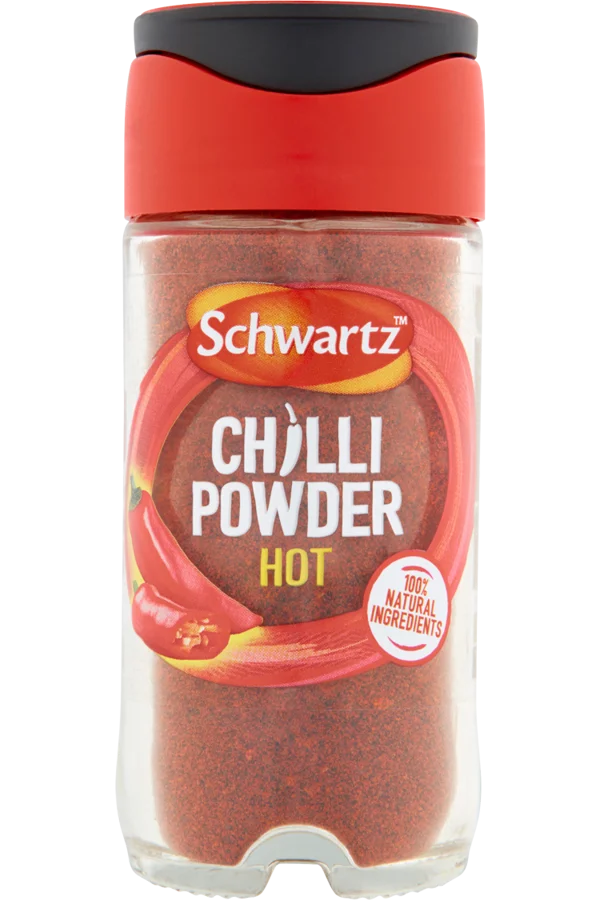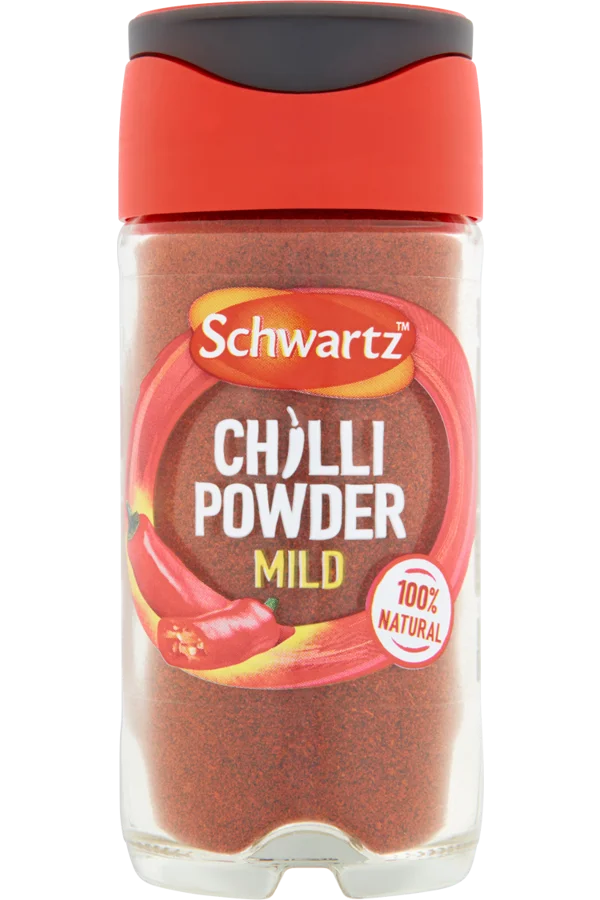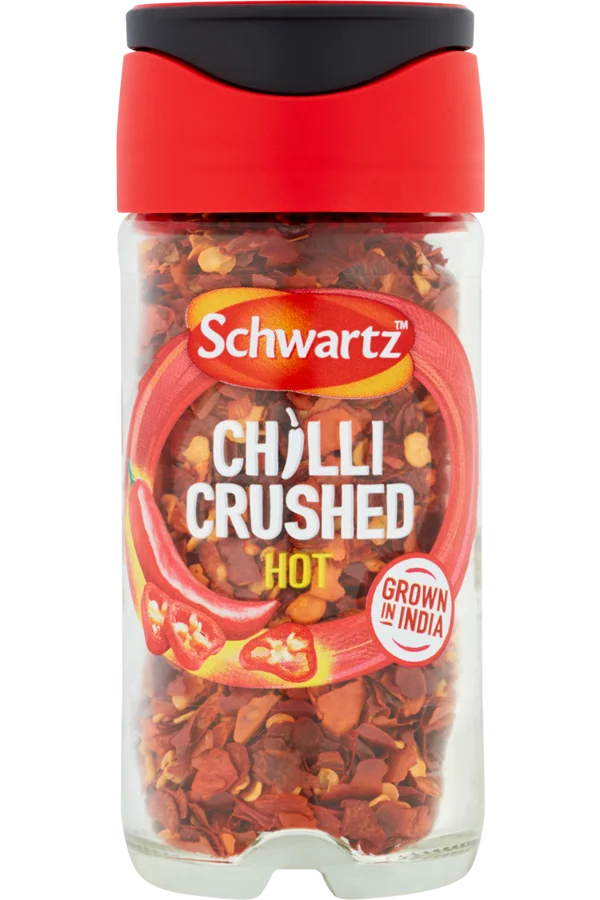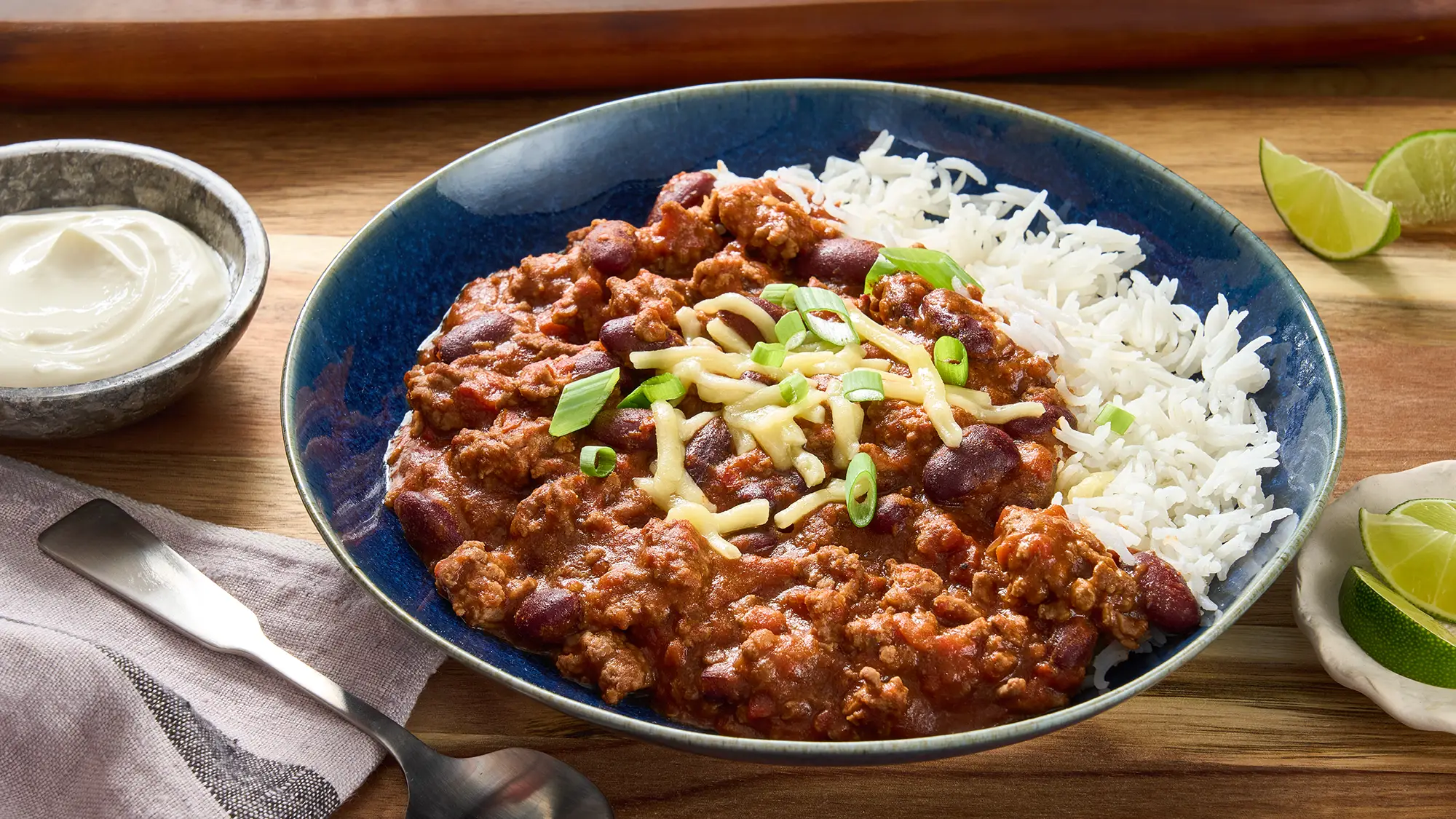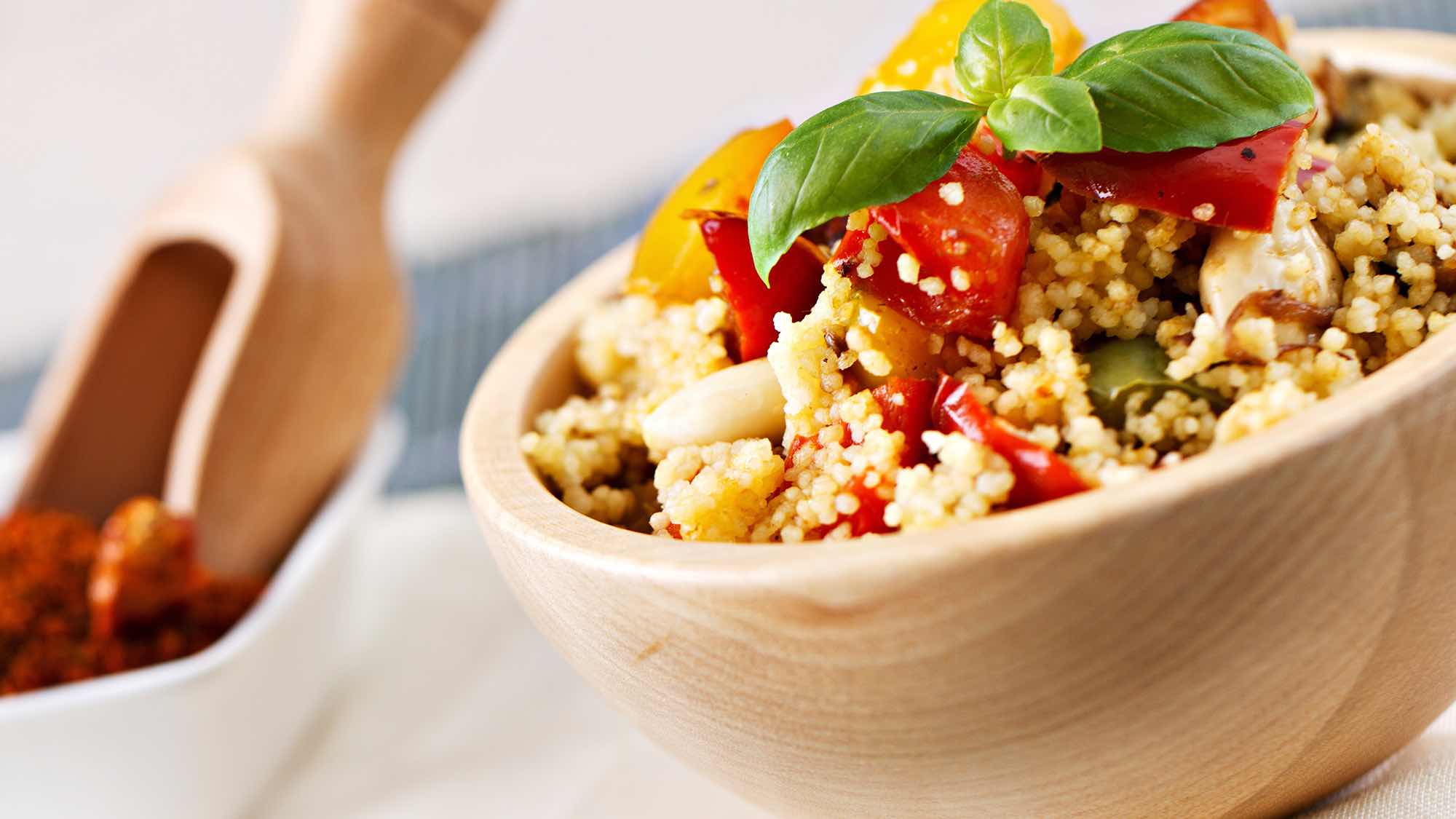Product
Did You Know?
Full of mouth-puckering flavour and a fiery kick, even a small amount of chilli can pack a real punch. With countless varieties available, chillies have been transforming millions of dishes all over the world for thousands of years. Peppers can add anything from a subtle spice to a powerful hit, and make a welcome addition to dishes sweet or savoury.
Running through every chilli is Capsaicin, a heat-producing component responsible for that signature spice, and the differing intensities are measured in Scoville units. Essentially, the more Capsaicin, the higher up it features on the scale, ranging from 0 – a sweet bell pepper to 2,200,000 – the flaming Carolina Reaper.
Flavour profile
The ruby red cayenne chilli pepper has a smoky, intense aroma, so is best used sparingly. At the middle of the scale, crushed chilli flakes are great for adding a distinct flavour and visual appeal, and can be used more liberally, sprinkled over everything from salads to stir fries. To maximise on taste, lots of care is involved in cultivating chilli - from sourcing the best soil and climate conditions to using foil-sealed packaging to lock in flavour.
Chilli is a lot more concentrated dried and ground up, so even a small scoop can add plenty of flavour. If you're unsure of your tolerance levels, the secret to controlling the spiciness is timing. For a milder approach, sprinkle in towards the end of cooking, or add at the beginning for extra heat – the chilli will reconstitute and get even hotter.
Best in…
Many recipes can benefit from an invigorating blast of chilli. A pinch of cayenne stirred into gravy adds a kick to Sunday lunch, curries and shepherd's pies. Chilli flakes and lime juice add a real zing to marinades, seafood or on top of avocado toast for a healthy and delicious breakfast. If you have a sweet tooth, there's no better pairing than chocolate and chilli – add crushed chilli flakes to hot cocoa or chocolate cake for a subtle twist on a classic.
Health Benefits of chillies
If you're trying to cut down on salt consumption, chilli is a great way to season dishes. While not scientifically proven, the health benefits of chillies are said to be plentiful - from boosting immunity and clearing congestion to fighting inflammation. Cayenne pepper is believed by some to aid digestion and lower blood pressure. Our science institute is exploring these claims with a series of studies, and has found that a meal with added spice has shown signs of increasing metabolic rate and aiding digestion. Read all about it here.
History
Chillies were introduced to Europe and India in the 15th and 16th centuries, when Portuguese navigators toured Central America. The New World explorers mistook the fiery heat of the chilli (Capsicum) for black pepper, and promptly misnamed their discovery to the confusion of future generations. Chilli peppers have been cultivated in South and Central America for more than 9000 years, and were used for decoration as in medicines and for seasoning.
Did you know?
- As strange as it sounds, chilli peppers sit alongside tomatoes and potatoes in the nightshade family
- To soothe a burning mouth from fiery chilli, drink a cooling glass of milk
- The heat from chilli stems from its flesh, and not the seeds as widely believed
- Be sure not to rub your eyes after touching chilli, as Capsaicin can burn even in small doses
- How hot a chilli is can depend on where it's grown – generally, the hotter the climate, the hotter the pepper

Nutrition
Energy per 100g: 425 KCal
Protein per 100g: 15.9 g
Carbohydrates per 100g: 56.4 g
Fat per 100g: 15.1 g




